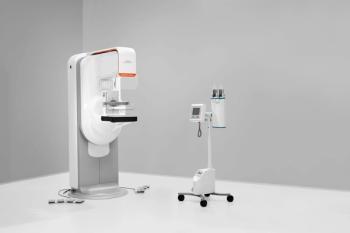
RFA offers option for ovarian cancer metastases in liver
Radiofrequency ablation is effective for treating some liver metastases of ovarian cancer and could spare patients from repeated surgeries, according to a retrospective study from Massachusetts General Hospital.
Radiofrequency ablation is effective for treating some liver metastases of ovarian cancer and could spare patients from repeated surgeries, according to a retrospective study from Massachusetts General Hospital.
"Some studies have shown that patients with advanced ovarian cancer can survive longer if they have repeated surgery to remove recurrent or new disease," said lead author Dr. Debra Gervais. "We wanted to see if we could use RF ablation instead of repeated open surgical resection for some of these patients."
The study, published in the American Journal of Roentgenology in September, examined results for six patients with stage III and stage IV ovarian cancer that had metastasized to the liver.
The patients, who were treated consecutively over a six-year period at the Boston hospital, had six tumors: Five were solitary metastatic lesions, and one was a dominant liver mass in the small soft-tissue peritoneal nodule. Five tumors were along the periphery of the liver, and the sixth was intraparenchymal (stage IV). Mean tumor diameter was 2.7 cm.
Postablation, results were regularly assessed and monitored with contrast-enhanced CT and, in some cases, FDG-PET for up to 3.3 years.
The study concluded that one RFA treatment completely eliminated the tumor in five of six patients. Of the five patients who were treated successfully, one showed recurrence on FDG-PET scans nine months after treatment and required a second ablation procedure, which was successful.
Although the treatment was successful in five cases, new tumors developed apart from the target site, and patients required other treatments such as surgery and chemotherapy.
The authors concluded there is a role for RFA in some cases to achieve local control.
For more information from the Diagnostic Imaging archives:
Newsletter
Stay at the forefront of radiology with the Diagnostic Imaging newsletter, delivering the latest news, clinical insights, and imaging advancements for today’s radiologists.




























